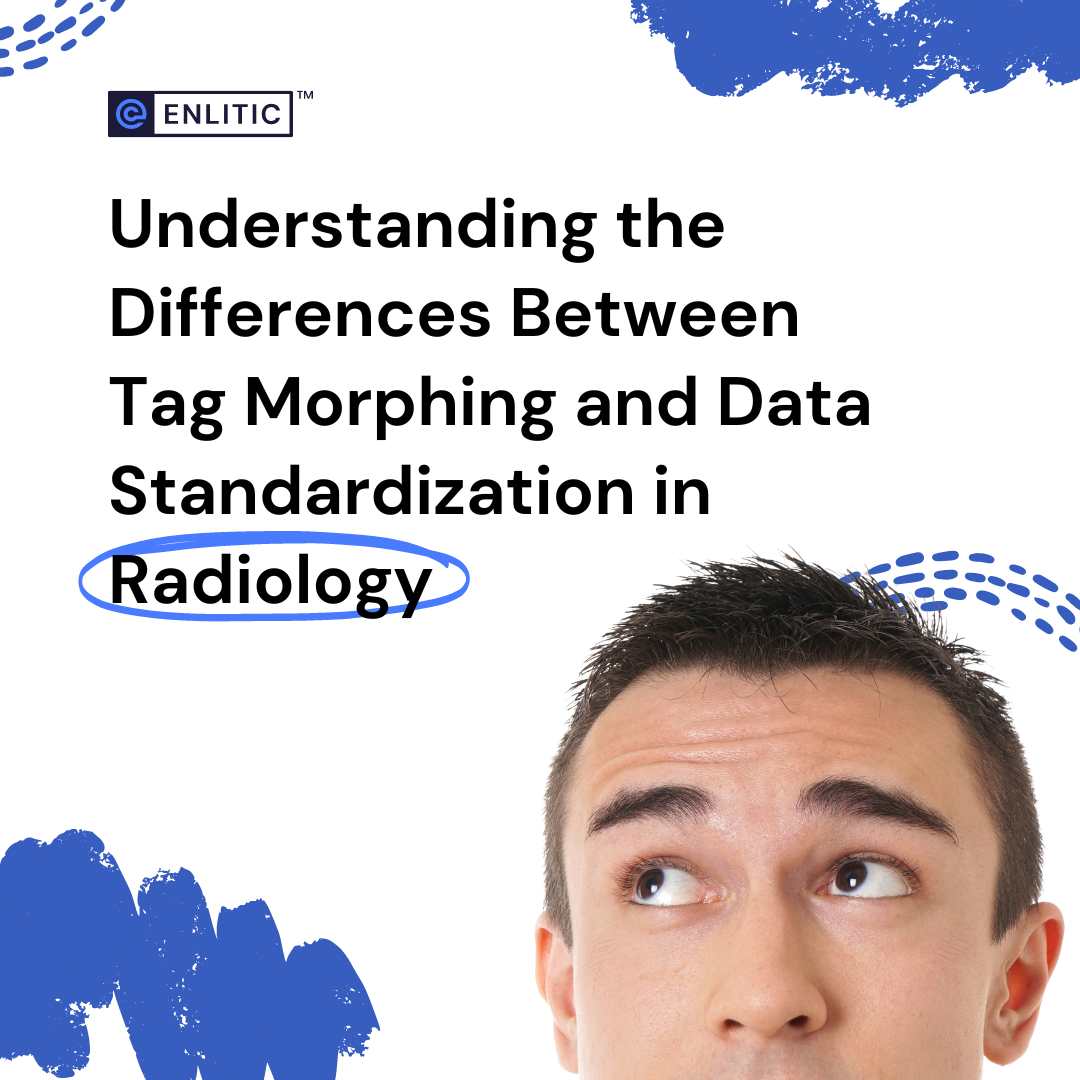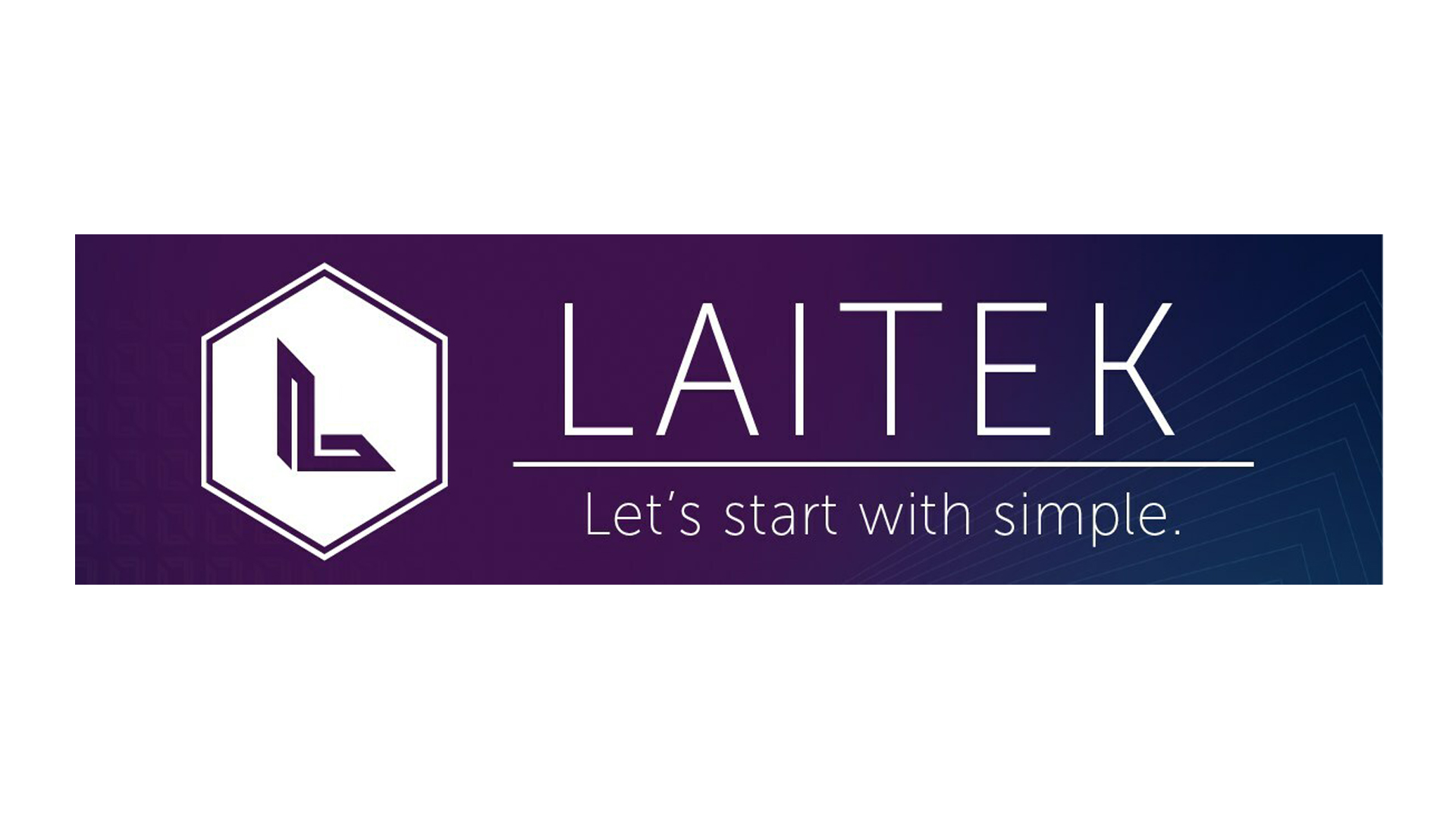Radiology, a crucial component of modern medicine, relies heavily on imaging data to diagnose and monitor various health conditions. As medical imaging technologies evolve, so do the methods for handling the vast amounts of data generated. Two important concepts in managing radiology data are tag morphing and data standardization. Though they might seem similar at first glance, they serve distinct purposes and involve different processes. This blog aims to elucidate the differences between tag morphing and data standardization, highlighting their significance in the field of radiology.
Tag Morphing
Tag morphing refers to the process of altering specific metadata tags in medical imaging files, typically DICOM (Digital Imaging and Communications in Medicine) files. This process is essential for various reasons, such as ensuring patient privacy, adapting data to specific workflow requirements, or complying with different system standards.
Key Aspects of Tag Morphing:
- Privacy and Security: One of the primary uses of tag morphing is to anonymize patient data. By altering or removing personal identifiers within the metadata tags, healthcare providers can share imaging data without compromising patient confidentiality.
- Interoperability: Different imaging systems and software might require metadata in varying formats. Tag morphing helps transform these tags to ensure compatibility and seamless data exchange between disparate systems.
- Customization: Tag morphing allows customization of metadata to suit specific institutional protocols or research needs. For instance, certain tags might be morphed to include additional details pertinent to a particular study or clinical trial.
Data Standardization
Data standardization in radiology is the process of converting data into a common format that adheres to established standards, ensuring consistency, accuracy, and interoperability across different systems and institutions. It involves both metadata and the actual image data, ensuring uniformity in how information is recorded and interpreted.
Key Aspects of Data Standardization:
- Uniformity: By standardizing data, radiology departments ensure that all imaging data follows a consistent format. This uniformity is crucial for accurate diagnosis, research, and longitudinal studies, as it reduces variability that could affect outcomes.
- Data Quality: Standardized data facilitates better data quality as it considers correctness, completeness and consistency of metadata tags such as study or series description.
- Utilization: Standardization ensures that data can be better utilized by the enterprise, be it research, internal analysis or external monetization. Higher quality data creates more opportunities to utilize the data.
Comparing Tag Morphing and Data Standardization
While both tag morphing and data standardization aim to improve the management and utility of radiology data, they operate at different levels and for different purposes.
- Scope:
- Tag Morphing: Primarily focuses on modifying metadata tags within imaging files.
- Data Standardization: Encompasses the entire dataset, including both metadata and image data, ensuring adherence to comprehensive standards.
- Purpose:
- Tag Morphing: Often used for privacy, customization, and ensuring compatibility with specific systems.
- Data Standardization: Aims to achieve consistency and interoperability across various systems and platforms on a broader scale.
- Process:
- Tag Morphing: Involves selective alteration of specific metadata tags.
- Data Standardization: Involves a comprehensive approach to converting data into a standard format, which may include transforming metadata, and ensuring adherence to standards.
Conclusion
Both tag morphing and data standardization are integral to the efficient and secure management of radiology data. Tag morphing allows for the customization and protection of imaging data, making it adaptable to specific needs and compliant with privacy regulations. On the other hand, data standardization ensures that all data adheres to uniform standards, facilitating accurate diagnosis, research, and interoperability across systems. Understanding these processes and their differences is crucial for radiologists, IT professionals, and healthcare administrators working towards optimizing data handling in medical imaging.
See how Enlitic can standardize your medical data and bring enterprise benefits to your organization.









